St. Patrick’s Day, a cultural and religious celebration held on the 17th of March, commemorates the patron saint of Ireland, St. Patrick. This day is synonymous with green-colored parades, clothing, and, of course, food. Among the festive traditions, dyeing desserts bright green is a popular way to honor the occasion. However, the vibrant green hues on some Saint Patrick’s Day desserts, while eye-catching, sometimes cross the line from appetizing to appearing almost toxic. This has raised concerns about the use of artificial green food dyes in our festive foods, prompting a closer look at their safety and the exploration of healthier alternatives.
Table of Contents
ToggleThe Controversy Surrounding Green Food Dyes
Artificial green food dyes, such as Fast Green FCF (Green No. 3) and a mix of Brilliant Blue FCF (Blue No. 1) with Tartrazine (Yellow No. 5), are common in the culinary world for creating vivid green colors. Despite their FDA approval for use in foods, debates around their health implications have surfaced.
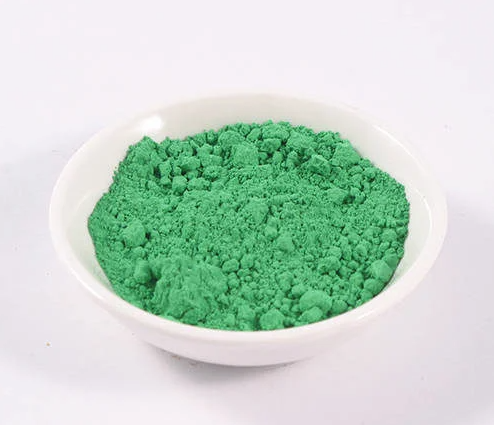
How Green Food Dye Affects Your Health
Studies have explored potential links between synthetic food dyes and various health issues, including hyperactivity in children, allergies, and even carcinogenic risks. While conclusive evidence is lacking, and these dyes are deemed safe in regulated amounts, the concerns highlight a growing preference for natural and safer alternatives, especially when celebrating with food.
Allergies and Sensitivities
Some individuals may be allergic or sensitive to specific food dyes, experiencing reactions ranging from mild to severe.
Behavioral Effects
There is ongoing debate and research into whether artificial food dyes contribute to hyperactivity and other behavioral issues in children.
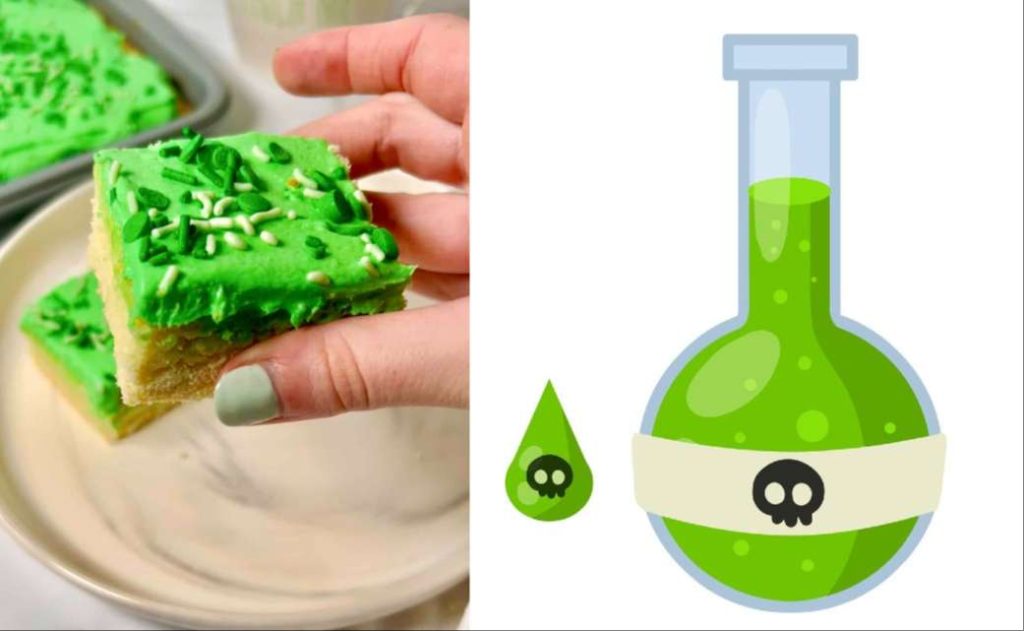
Finding the Safest Green Dye for St. Patrick’s Day
When it comes to enjoying Saint Patrick’s Day drinks or desserts with green color, the safest green food dye might not be a “dye” at all, but rather natural colorings derived from plants. Unlike synthetic options, natural green colorants come with fewer health risks and add a layer of authenticity to the celebration of Ireland’s rich heritage.
Safe and Organic Green Dye Alternatives
Spirulina Extract
A powerhouse of nutrients, spirulina is a type of blue-green algae that can impart a vibrant green color. Approved by the FDA for use in confectionery and frostings, it’s a perfect option for a natural, intense green without the health concerns associated with artificial dyes.
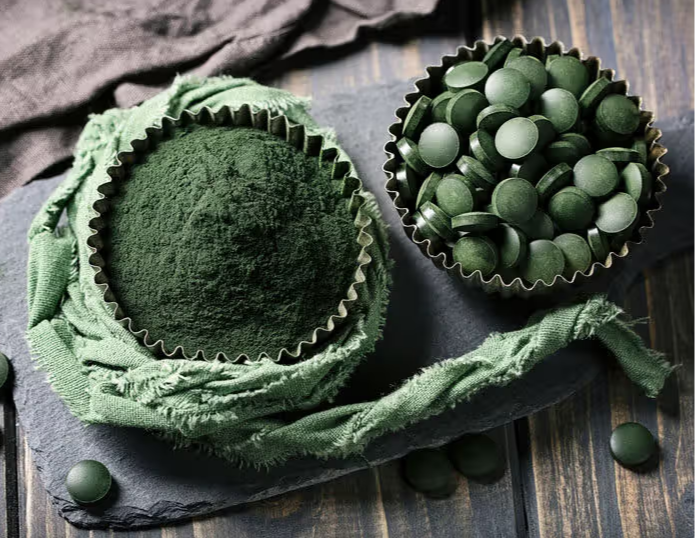
Matcha Powder
Made from finely ground green tea leaves, matcha not only gives a rich green hue but also adds a subtle grassy flavor. Its antioxidant properties make it a healthy addition to desserts.
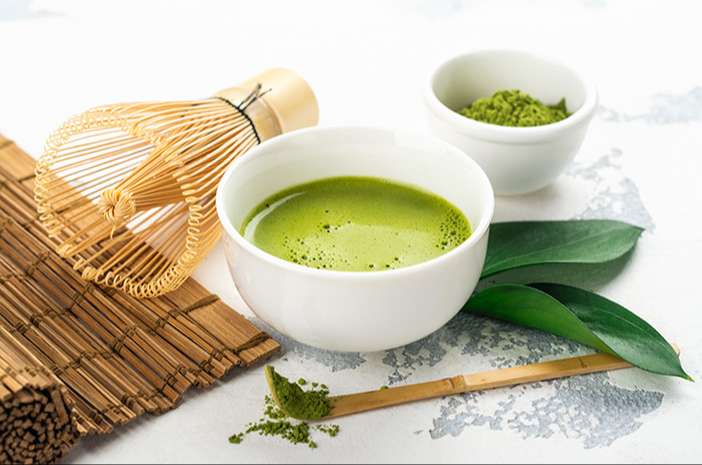
Spinach Juice
Spinach juice provides a natural green coloring when used in small quantities, ensuring the taste of the vegetable does not overpower the dessert. It’s ideal for coloring cakes, icings, and even homemade candies.

Chlorella Powder
Similar to spirulina, chlorella is a type of algae that offers a strong green dye along with a nutritional boost. It’s best used in recipes where its earthy taste can be well masked.
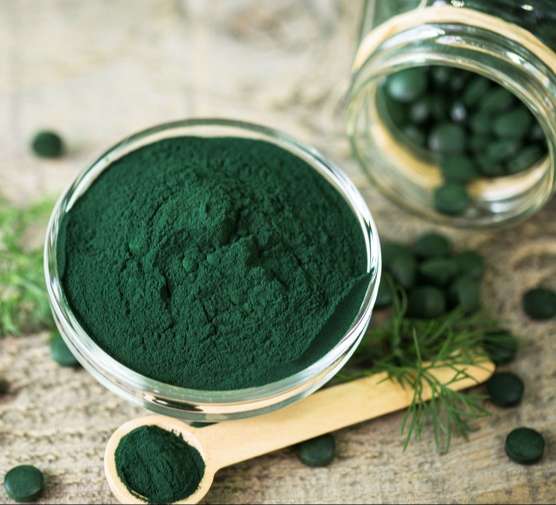
Pandan Extract
Popular in Southeast Asian cuisine, pandan leaves can be juiced or infused into liquids to impart a natural green color and a unique, sweet aroma and flavor to desserts.
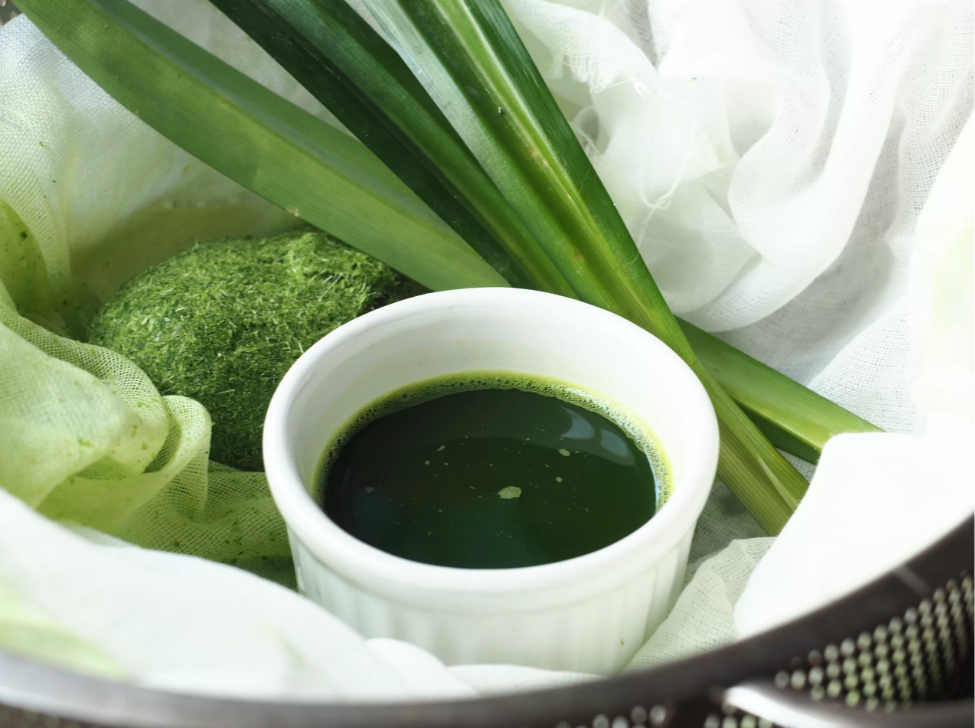
Embracing Healthier Traditions
Celebrating Saint Patrick’s Day with green desserts does not have to mean compromising on health. By opting for natural green dyes, you can still enjoy the festive spirit and vibrant colors associated with this day, but with an added layer of safety and nutritional benefit. Whether you’re baking cupcakes, frosting cookies, or whipping up a green velvet cake, these organic alternatives provide a way to keep the tradition alive in a healthier, more natural way. This St. Patrick’s Day, let’s aim for a celebration that’s not only green in color but green in spirit, embracing choices that are better for our health and the environment.

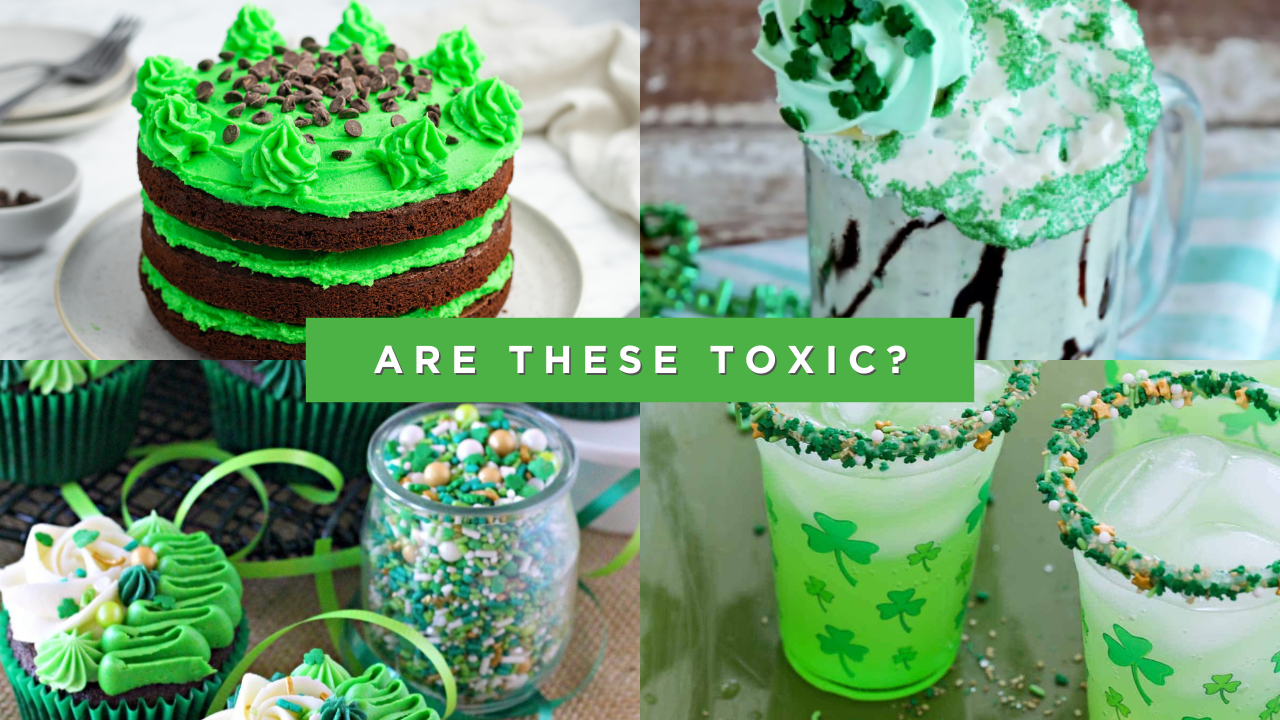













+ There are no comments
Add yours